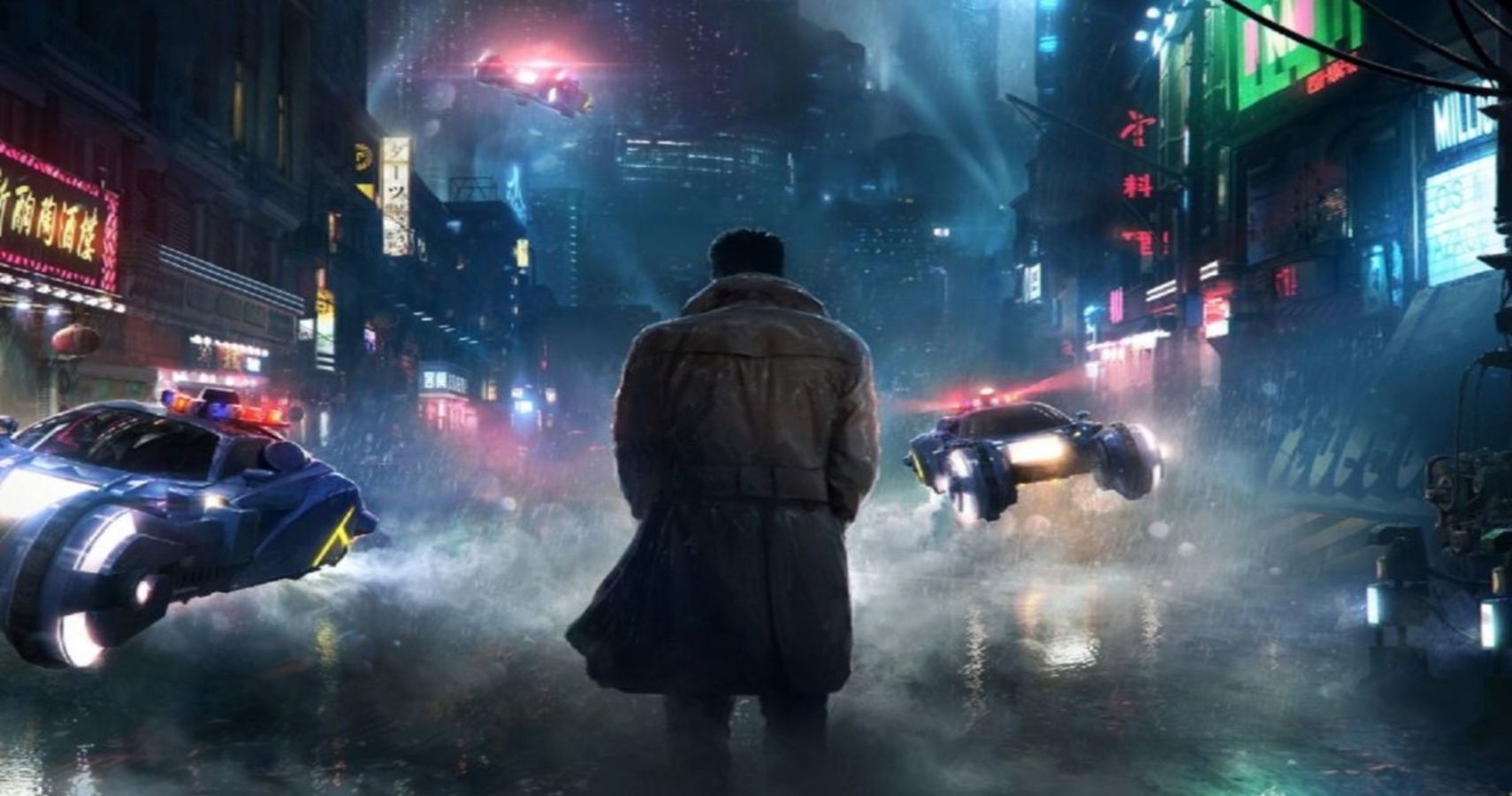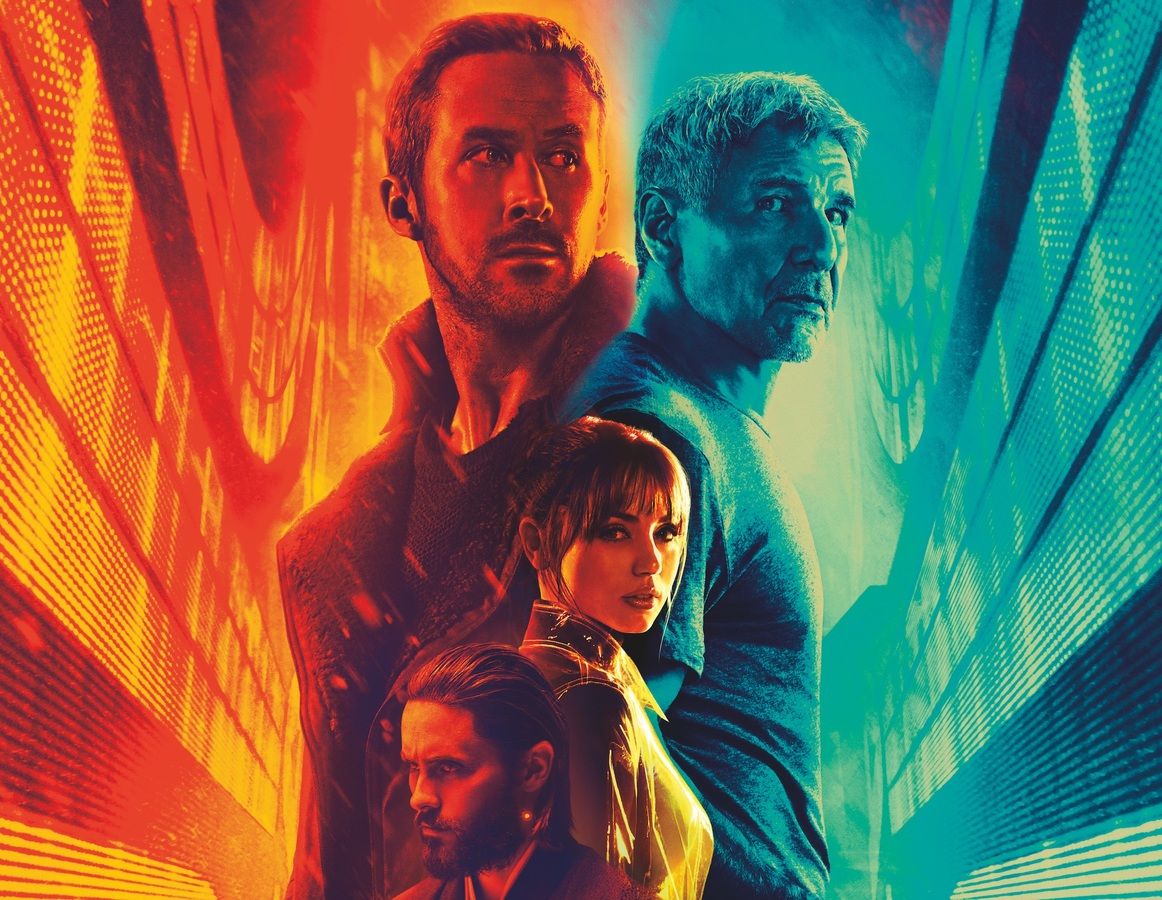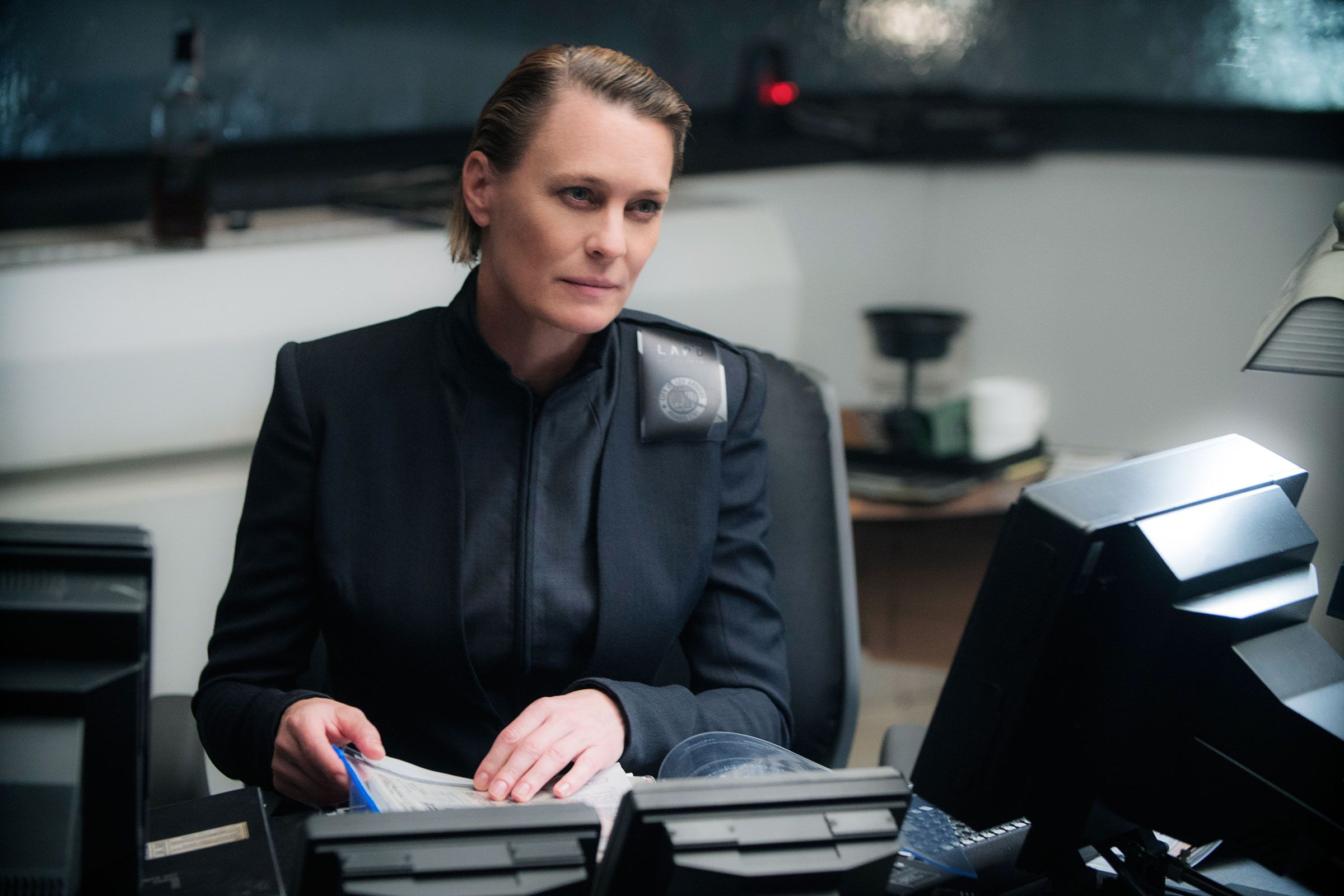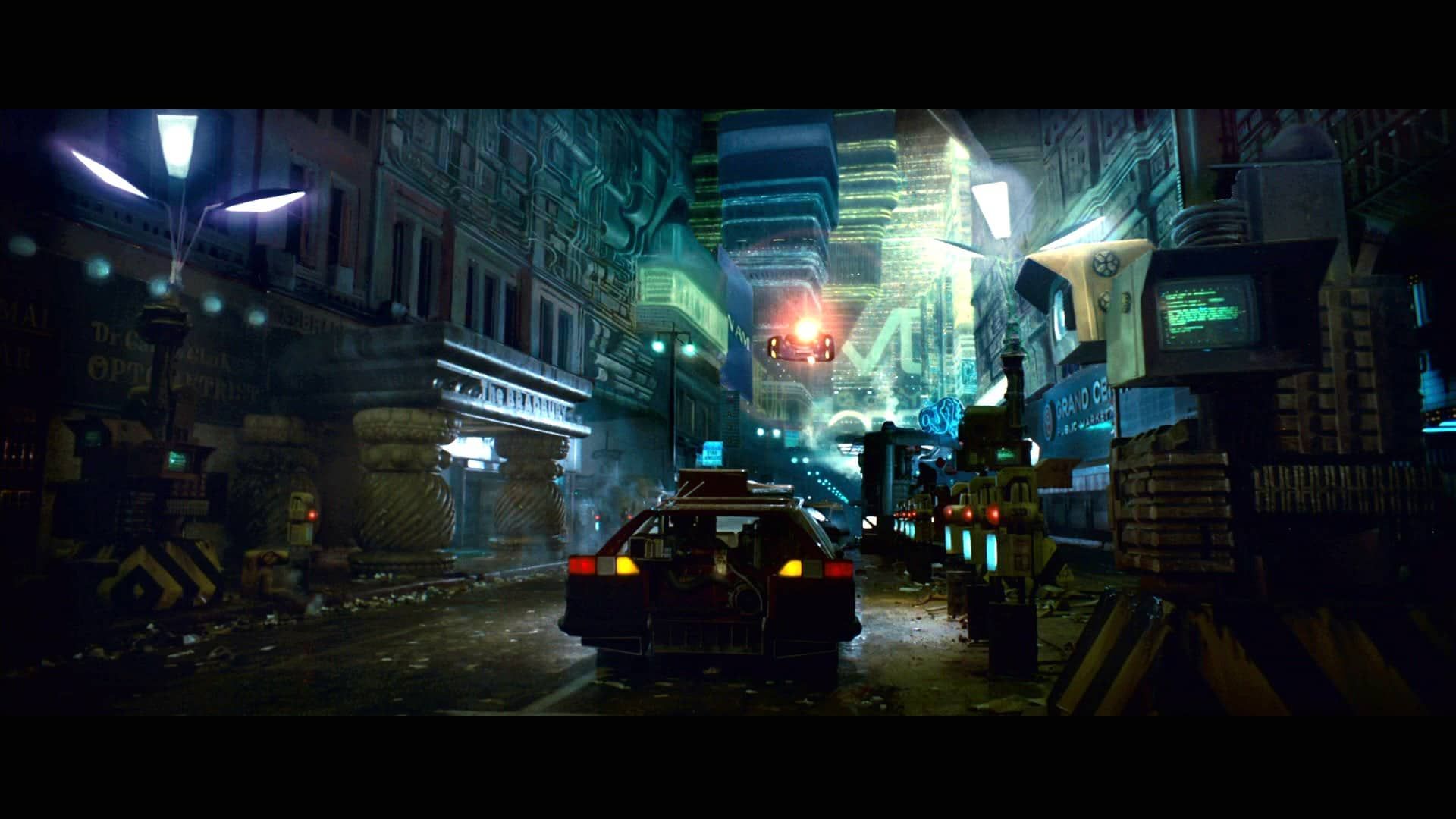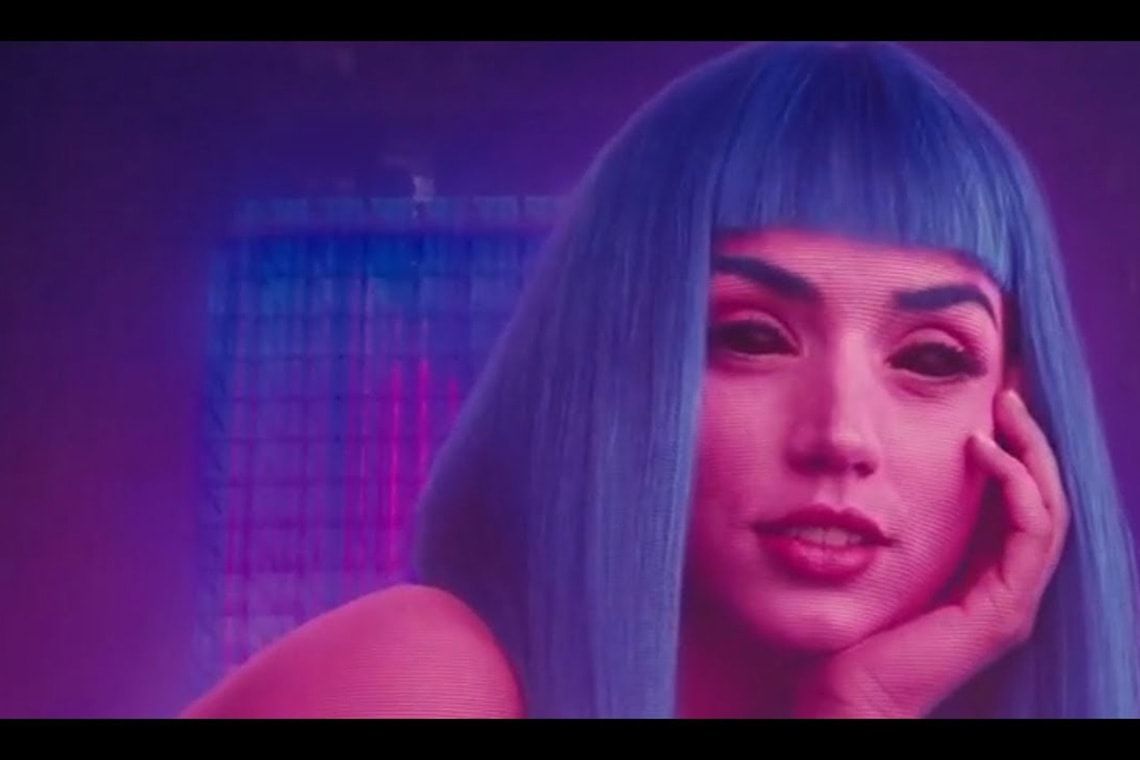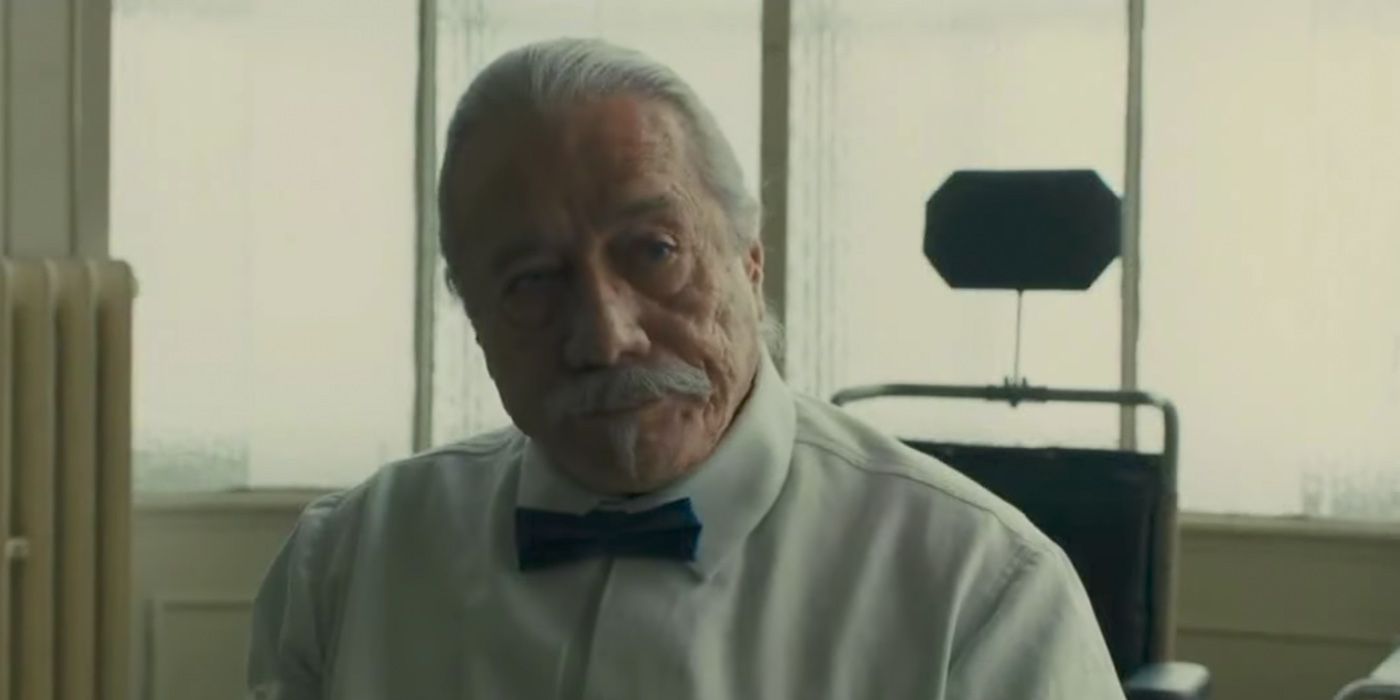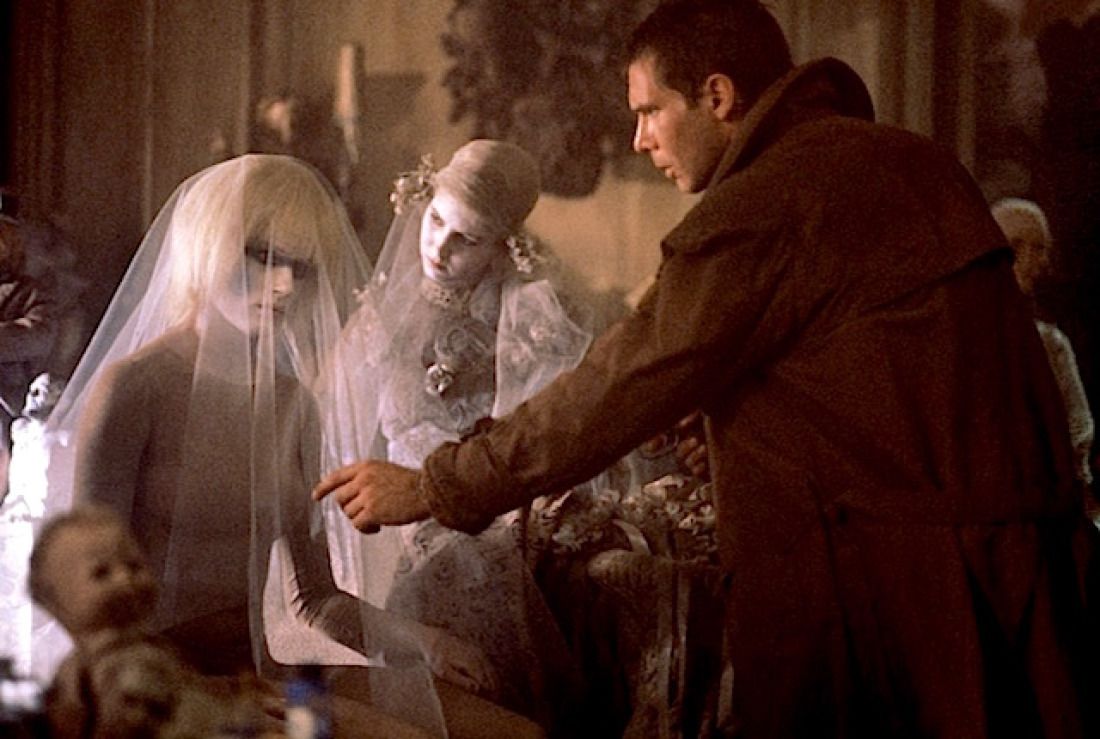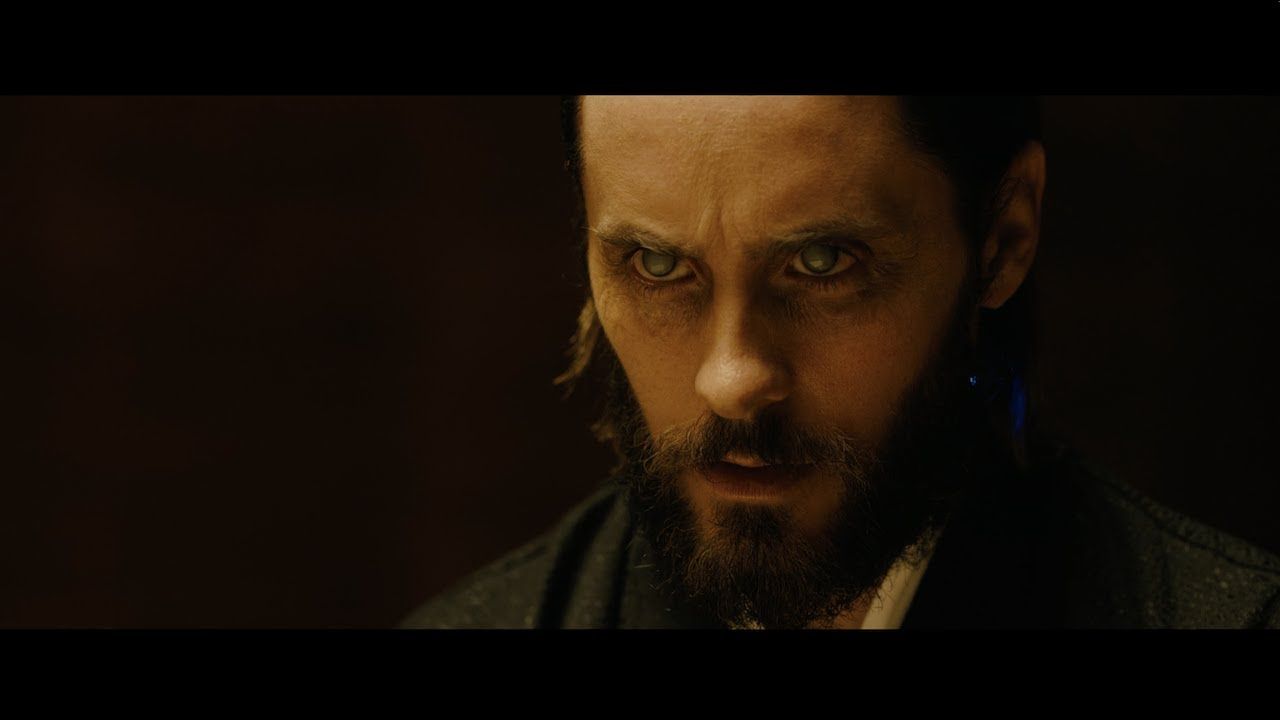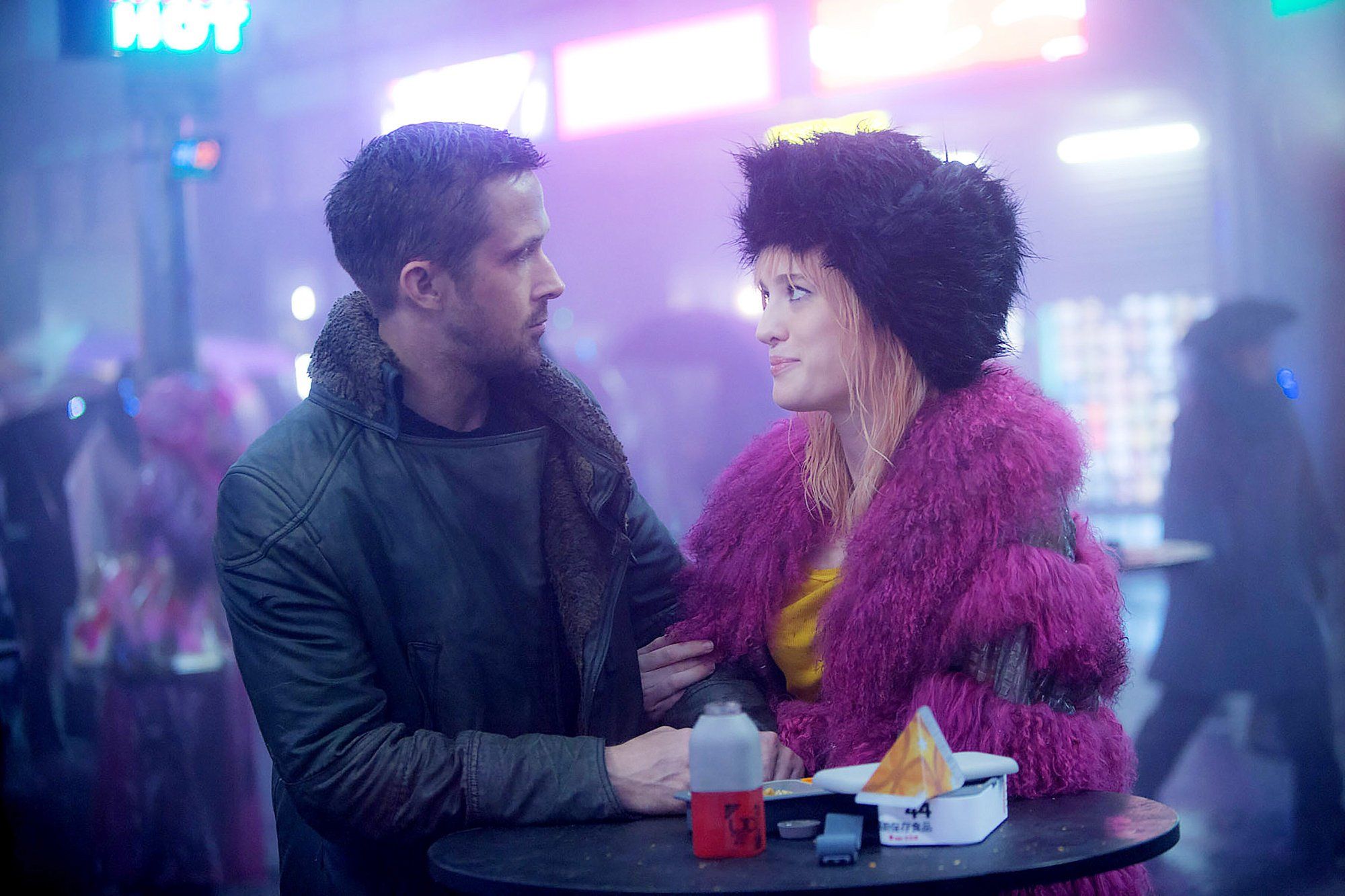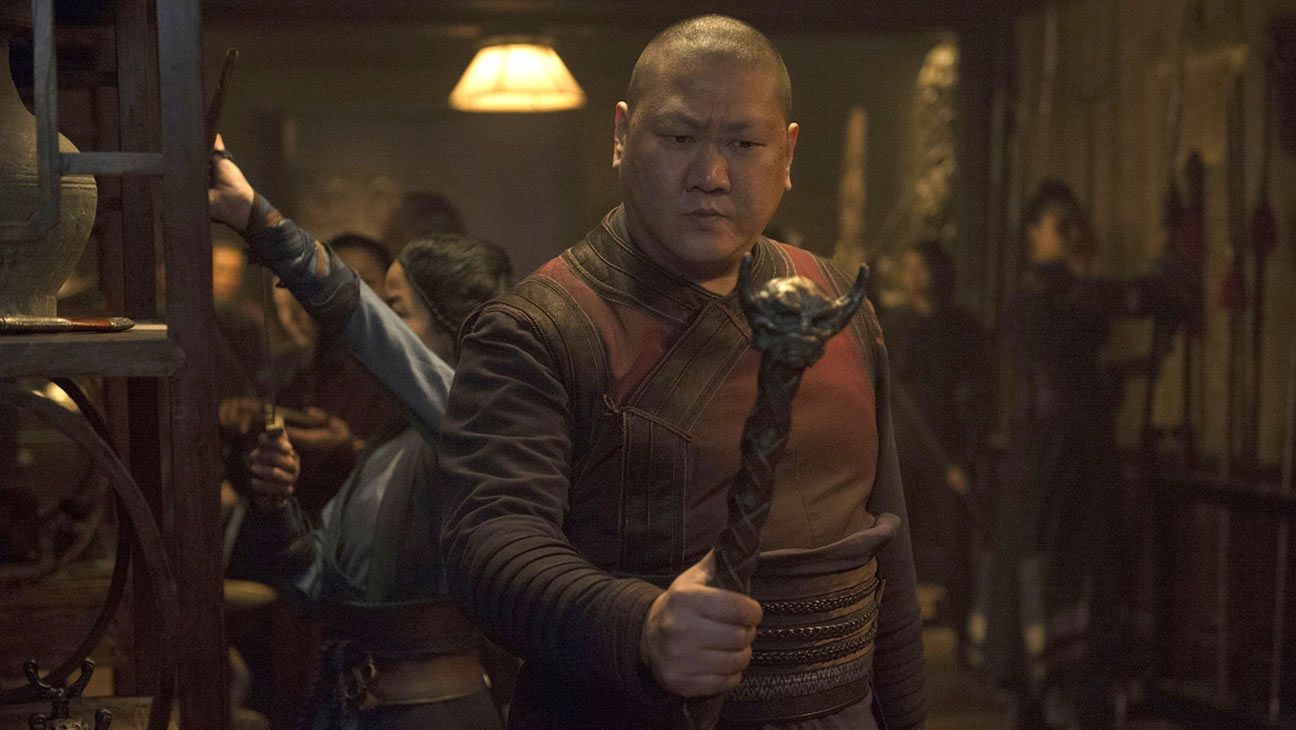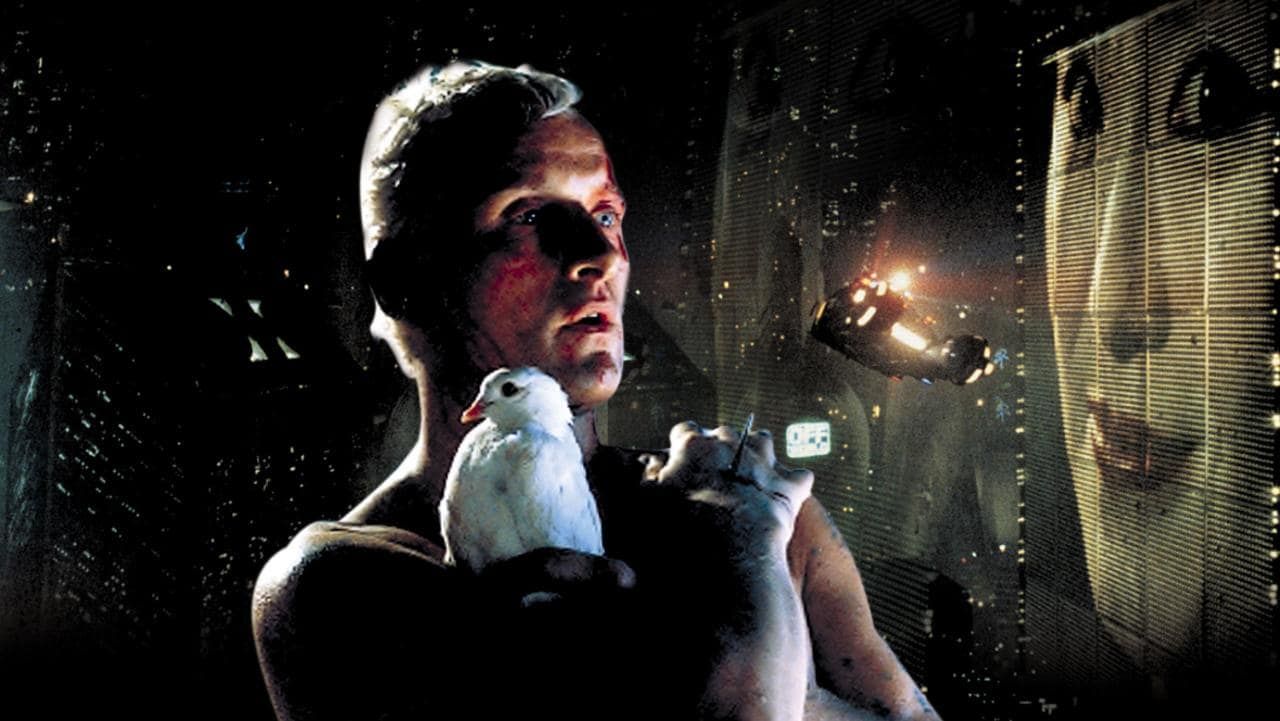35 years ago, Ridley Scott gave us a whole new way of looking at science fiction. The original Blade Runner depicted a dystopian future when most science fiction was more optimistic. The future was only scary in the 1980s if you were in outer space. Blade Runner seemed to combine all of our worst fears about the future, shoving a toxic Earth with a rancid climate and hyper-consumerist economy right in our faces.
The movie became a cult classic. Director Ridley Scott continued experimenting with the complex storyline and characters by releasing different versions. Fans enjoyed analyzing the sophisticated clues and symbols placed throughout both films to unlock certain mysteries. Was Deckard a replicant? How do you tell a replicant from a regular human? Who builds fake memories, and how? Was Rachel Tyrell's blueprint for the perfect model, so complex that even Wallace couldn't understand it?
For more than 20 years, fans agonized over these secrets and the release of Blade Runner 2049 raises a few more questions but also provides some answers. Big spoiler alert, for those of you still hunting for clues!
The Twins
"A dangerous coincidence." K, Blade Runner 2049
Except that it's not a coincidence at all. June 14th falls under the astrological sign of Gemini. Only minutes after Joi points out K has the same date in his head connected to a memory, he finds a record of two children with an exact DNA match.
Except that such a thing is impossible. One is fake and one is real. Which one of the twins is fake, the boy or the girl?
This is also a hint of how the film ends. K, the boy, comes to understand that he is the fake. Ana, the girl, is the real thing.
Japanese References
Several different languages are used in the film. K uses Japanese is to communicate with the record machine at the police station and there are various signs in hiragana and katakana in the streets.
It seems this is a trend in the LAPD of the future. The chief of police has a Japanese name, Joshi. It means "Boss." K's name also contains a Japanese reference. Some fan theories speculate that the "K" is a reference to "K-9" the police force's dog unit, a likely name for an obedient replicant. The name is actually from a wacky anime series Puni Puni Poemy.
Anime superhero Shinichiro Watanabe brought us incredible animated shows like Samurai Champloo, Macross Plus and Cowboy Beebop. He directed Bladerunner Black Out 2022, one of the short films that preceded Bladerunner 2049. His name is quite similar to another anime director, Shinichi Watanabe. His body of work is mostly comedy and parody which includes Puni Puni Poemy. Prince K begins the series as a normal boy. By the end of Season 2, he discovers that he's actually the prince of an alien race. It could just be an incredible coincidence that K of the movie goes through a similar realization.
Korean Connections
Is this really Las Vegas?
When K walks into the old hotel, the characters on the high windows behind him have words written in Korean letters. The language is called Hangul and the symbols read haengun, (행운) which means "good luck."
When they're in the casino, Deckard says to K, "There's millions of bottles of whiskey." Soju, alcohol that comes from Korea, is a type of whiskey. Beyond the casino, the sets and costumes look like they came from the Seoul cyberpunk art scene.
Joi And The Wolf
Joi's startup and shutdown themes are the first few notes of the narrative musical Peter and the Wolf. There's a deeper meaning here beyond the pleasant tune. The story starts with a duck and a bird having an argument. The bird mocks the duck, declaring it's not a real bird if it can't fly. The duck replies that swimming, not flying, is what makes a bird.
What makes a bird a bird, and what makes a human, well, human? This follows the theme of the movie and the Tyrell corporation's motto, "More human than human." This line is spoken by Tyrell in the first film and is echoed by Mariette in the sequel.
The Art Of Gaff
The character of Gaff only appears once in Blade Runner 2049. He is on-screen long enough to remind the audience of his trademark; symbolic origami figurines.
The first paper animal we see him make in the original film was a chicken. Deckard was reluctant to return to the force and Gaff was teasing him. While K is interviewing him, Gaff makes a sheep and puts it on the table. This could mean a few different things. The first and most obvious is a reference to the story on which the movies are based. Gaff's most famous origami figurine appeared at the end of the original Bladerunner. The mysterious unicorn that has spawned a million fan theories.
One Or Two Of A Kind
"It's too bad she won't live. But then again who does?" Gaff, Blade Runner (1984).
Gaff was at Deckard's apartment back in 1984, but for some reason he let them go. He left his calling card, this time in the shape of a unicorn.
Unicorns are hard to find. Even when they do exist there's usually only one. Speculation abounded about this symbol. The replicants of the original film were Nexus 6. Was Rachel the "unicorn," the sole prototype of the Nexus 7 series?
Bladerunner 2049 supports this theory. During a forensic study of Rachel's bones, K finds her serial number. It starts with a letter and number, N7. Another theory, connected to a dream sequence, argue that Deckard is the unicorn. He is a replicant and doesn't even know it. Wallace teases Deckard about this but the question is never answered.
Windows To The Soul
"If only you could see what I've seen through your eyes." Roy Batty, Blade Runner (1984)
The symbolism of the eyes is a recurring one throughout both films. The light in your eyes indicates the presence of a soul, or so the belief goes. This is particularly true of the creators of replicants, Wallace and Tyrell. Both are portrayed in ways that seem strangely flat or soulless.
In the first film, we never see Tyrell's eyes. They are covered in thick glasses when he appears onscreen. Roy makes a few chilling Biblical references before killing Tyrell by putting his thumbs through his eyes. It's not pretty but it is highly symbolic. Wallace is blind, and his irises seem vacant. His god complex is off the scale, even in comparison to Tyrell. He claims he makes "angels" and talks like a preacher. When Joi appears at the end without her irises, she has lost her personality and is simply the programmed angel, ethereal and godlike.
Canadian Connections
Ryan Gosling (K) and Mackenzie Davis (Mariette), are both from Vancouver, British Columbia.
Denis Villeneuve is also Canadian and comes from the French-speaking province of Quebec. The French accent is used by two characters in the film. Freysa, the leader of the replicant rebellion and Ana, the memory doctor.
Marvel Connections
Luke Scott directed two short films that give some extra backstory for Blade Runner 2049. Yes, that's Ridley's son.
2036: Nexus Dawn explains how Wallace convinced Earth's law enforcement agencies to lift the prohibition on building replicants after a 14-year ban. The location of the serial number and the total removal of any kind of rebellious spirit are the key features of the new models. Benedict Wong, who plays the sanctum guardian Wong in Dr. Strange, also appears in this film.
Bladerunner 2048: Nowhere to Run is the story of how the LAPD found Sapper, and takes place only days before the sequel begins. Sapper is played by Dave Bautista, also known as Drax from the Guardians of the Galaxy franchise.
Roy's Story
And so we come to the end.
The end of both the original and the sequel have something in common. The music and certain distinctive lines of dialogue are used to bring the story full circle. As K lies dying, Roy's death scene music from the first movie starts playing. It's hard not to hear Roy say that famous line, "All those moments will be lost in time." When Deckard steps into Ana's lobby, the first thing she says to him is, "Just a moment."
So, if you were someone that was always upset that the first movie was about Deckard instead of Roy, it looks like you got the movie you wanted after all.
Beautiful, isn't it?
In a world of bad sequels, Blade Runner 2049 was a welcome change. Like its predecessor, it was considered a box office failure but was critically acclaimed as both an art and action film.

